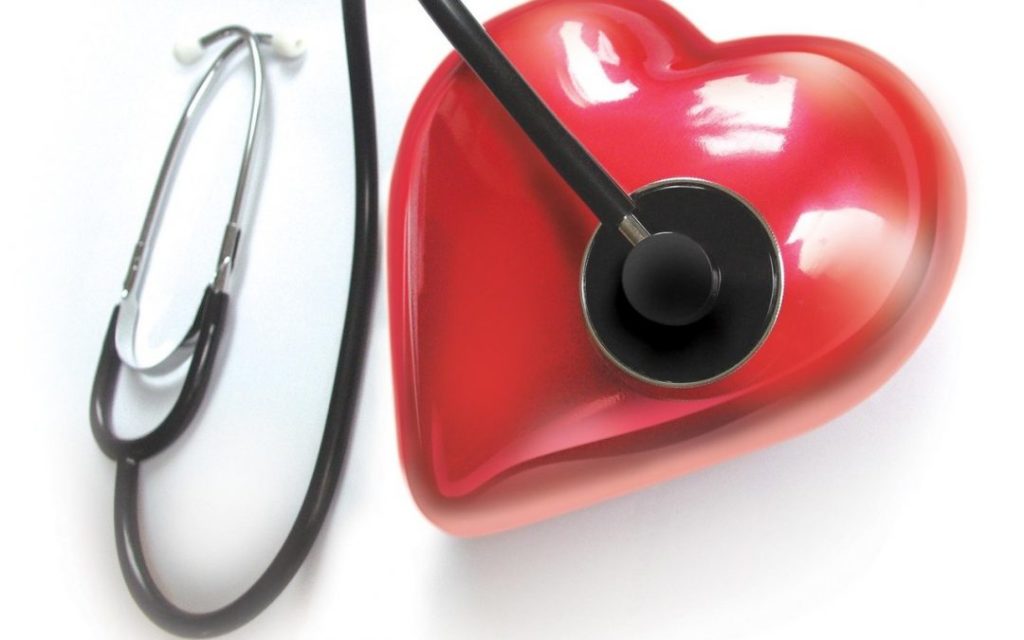A Clear Signal From Young, Healthy Adults
Fresh data in the July issue of Hypertension examined 2,036 adults aged 25–41 without cardiovascular disease, diabetes, or severe obesity (BMI >35). Researchers measured each participant’s Omega-3 Index—the percentage of EPA+DHA in red blood cell membranes—and compared it with their blood pressure. The average Omega-3 Index in this group was just 4.58%, well below the desirable ≥8%.
The Numbers Behind the Link
When the cohort was divided into quartiles, those in the highest Omega-3 Index quartile had systolic pressure about 4 mmHg lower and diastolic pressure about 2 mmHg lower than those in the lowest quartile. Notably, that difference emerged across a relatively tight range—roughly 3.8% to 5.8%—suggesting an even larger effect might appear across a broader span of Omega-3 Index values. The authors concluded that higher EPA+DHA status is associated with statistically significant, clinically relevant reductions in both systolic and diastolic blood pressure in normotensive young adults.
Why This Matters for Hypertension Prevention
High blood pressure is the world’s leading modifiable driver of cardiovascular mortality. In the U.S., recent guideline changes that define hypertension as ≥130/80 mean nearly half of adults now qualify. Deaths attributed to high blood pressure rose sharply between 2005 and 2015. Against that backdrop, a nutrient status marker that tracks with lower blood pressure—especially in younger, otherwise healthy people—points to a simple, preventive lever: raising EPA and DHA.
How Omega-3s May Support Vascular Health
EPA and DHA integrate into cell membranes, including the endothelium that lines blood vessels. This incorporation can improve endothelial function and arterial compliance, support vasodilation, and modulate inflammatory signaling—mechanisms that help nudge blood pressure down. The new findings align with a prior meta-analysis indicating that omega-3 fatty acids lower blood pressure, reinforcing the biological plausibility.
Interpreting Your Omega-3 Index
The Omega-3 Index expresses EPA+DHA as a percentage of total red blood cell fatty acids. An index of 8–12% is generally considered desirable, while <4% is undesirable. Most Western eaters fall in the 4–6% range—right where the study observed higher blood pressure. If your result sits below 8%, increasing EPA and DHA intake from oily fish (e.g., salmon, sardines, herring, anchovies) or marine-based supplements (fish, krill, or algal oil) and retesting after 3–4 months can verify progress.
Practical Steps to Support Healthy Blood Pressure
Lifestyle still does the heavy lifting. Regular physical activity, quitting smoking, moderating alcohol, and dialing back sodium—especially from packaged foods—remain foundational. Adding to that, a diet richer in EPA and DHA offers another approachable tool. For many people, moving the Omega-3 Index toward or above 8% requires several fish meals per week and/or daily supplementation that clearly lists EPA and DHA amounts per serving.
The Takeaway
In young, healthy adults, a higher Omega-3 Index tracks with meaningfully lower blood pressure. Given how many people sit at low EPA+DHA levels, aiming to raise your Omega-3 Index may be a straightforward, food-first strategy to support vascular health and help prevent hypertension—then confirm the change with a follow-up test.




